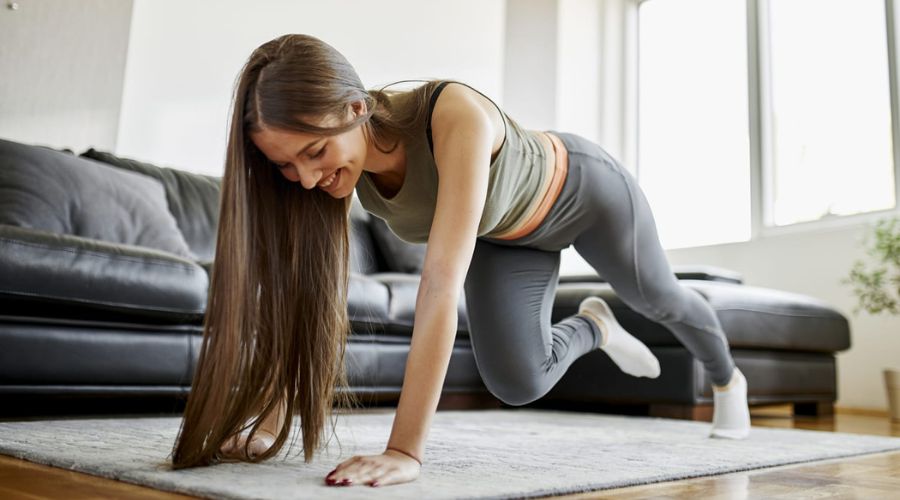Cardiovascular exercise does not require a lot of equipment from people. Many aerobic exercises, such burpees, dancing to music, mountain climbing, and stationary jogging or marching, may be performed at home with little to no equipment. The American College of Sports Medicine advises individuals to partake in 150–300 minutes a week of moderate exercise. People may select the workouts based on how fit they are right now. As their fitness increases over time, they could also advance to increasingly challenging exercises.
The following aerobic workouts may be done virtually anyplace, whether at home, at a public park, or outside:
1. One Place Marching
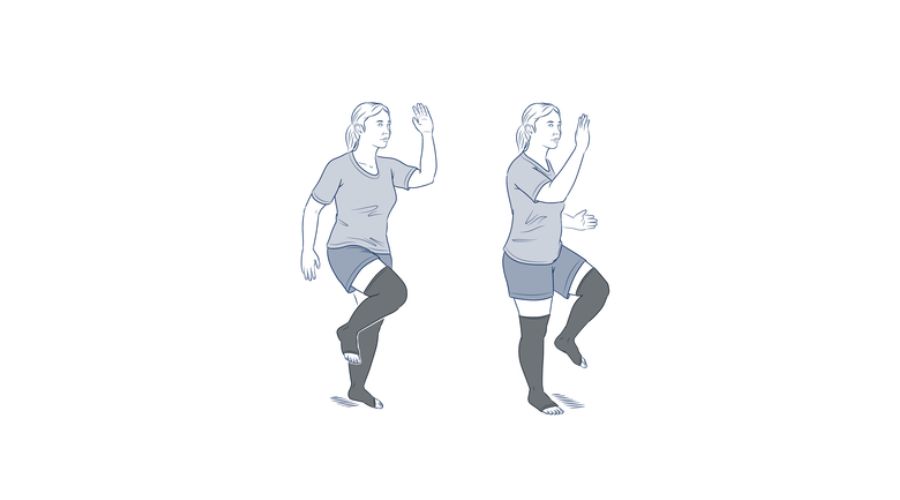
Marching in place is an effective warm-up or stand-alone cardio workout since it raises the heart rate. One might quicken their pace or bend their knees more to heighten the tension.
2. Stand On Single Leg

The abs are worked with this workout. To carry out:
- Place your feet together or no more than three inches (in) apart to begin.
- Lift one leg 3–6 inches off the ground while bending your knees slightly.
- After ten to fifteen seconds, hold this posture and put the foot back on the ground.
- Continue with the other leg.
- One might hop faster between legs or raise their leg off the ground to make the exercise more challenging.
3. Practice Dance Moves
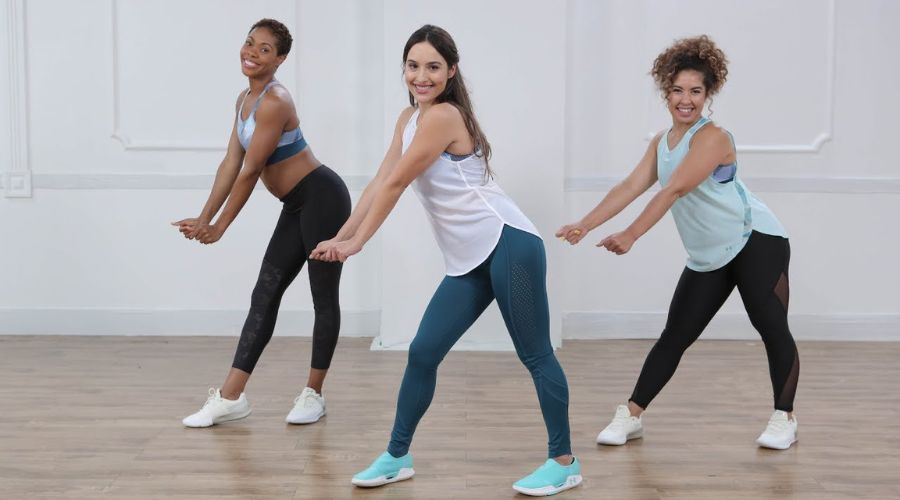
Bounce softly from one foot to the other to execute. Swing your arms side to side at the same time. At home, one may convert unused space into a dance floor. While dancing to energetic music may be a fun kind of exercise, it can also burn calories.
4. Circle Your Arms
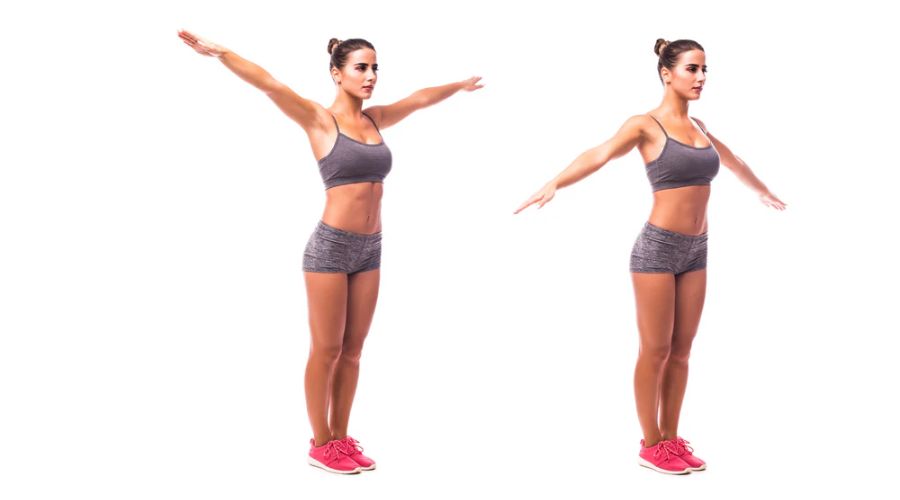
Because arm circles may be done either sitting or standing, they are perfect for people of all ability levels. To carry out:
- Move the arms in a clockwise and counterclockwise circular motion.
- The motion might have a backstroke or butterfly like shape.
- A person with restricted arm movement can draw little circles by extending their arms to their sides.
5. Go For Air Squats
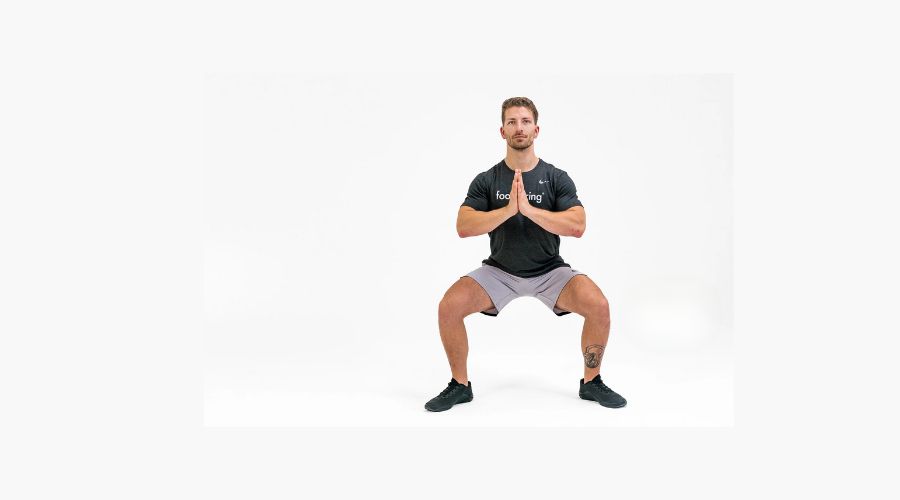
Air squats help you to strengthen your thigh muscles, hamstrings, quadriceps, and glutes. As the core of this exercise is to maintain a good balance, there are few ways to perform it.
- Keep feet at shoulder width apart and pointed straight ahead.
- When squatting, the hips will move down and back.
- The lumbar curve should be maintained, and heels should stay flat on the floor the entire time.
- In air squats, the hips will descend lower than the knees.
Conclusion
A person’s fitness regimen may include cardiovascular activity as a key component. A home exercise can consist of a variety of activities with varying degrees of difficulty.
People who are designing a cardiac program would want to include a variety of difficulties.

